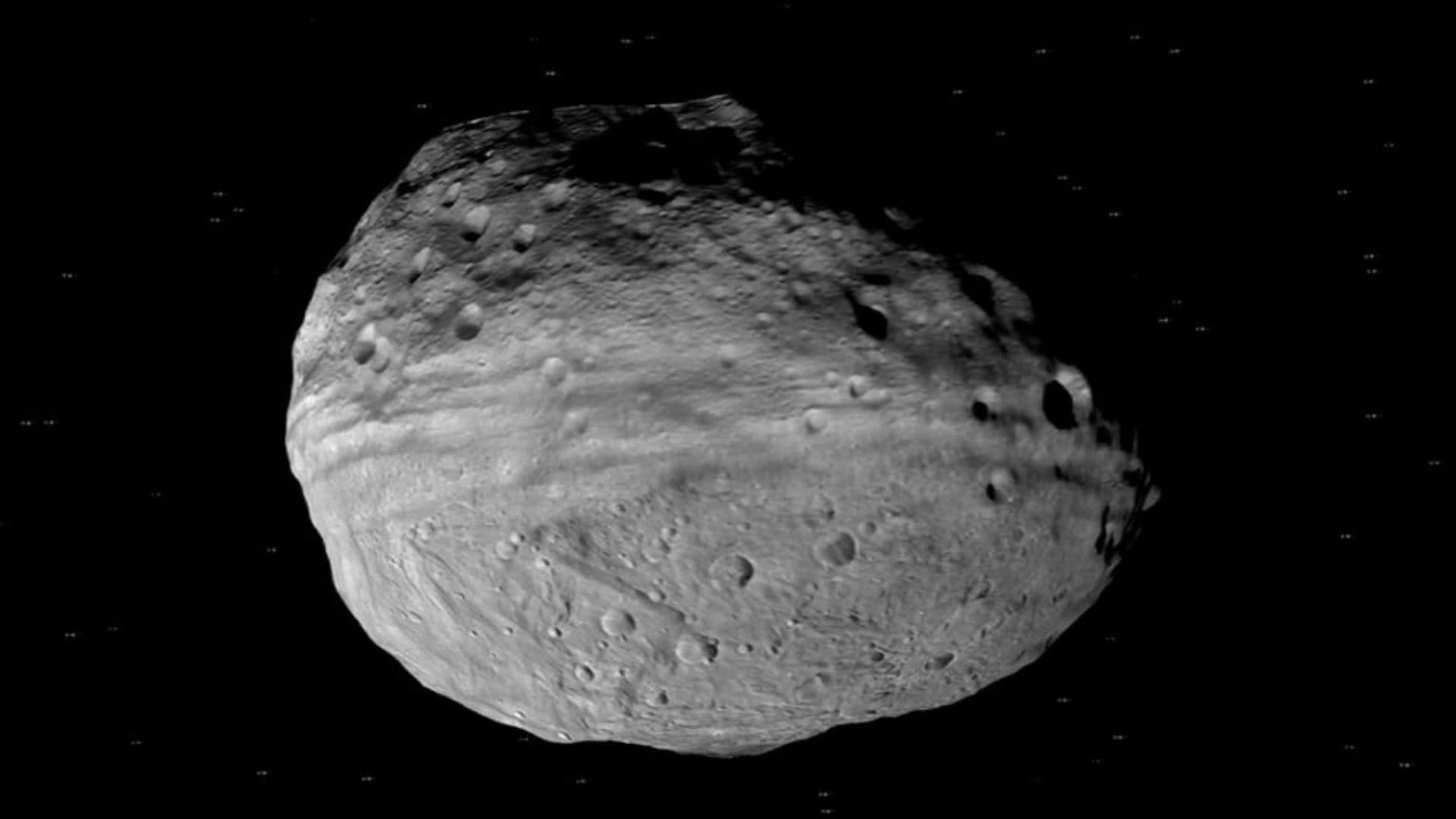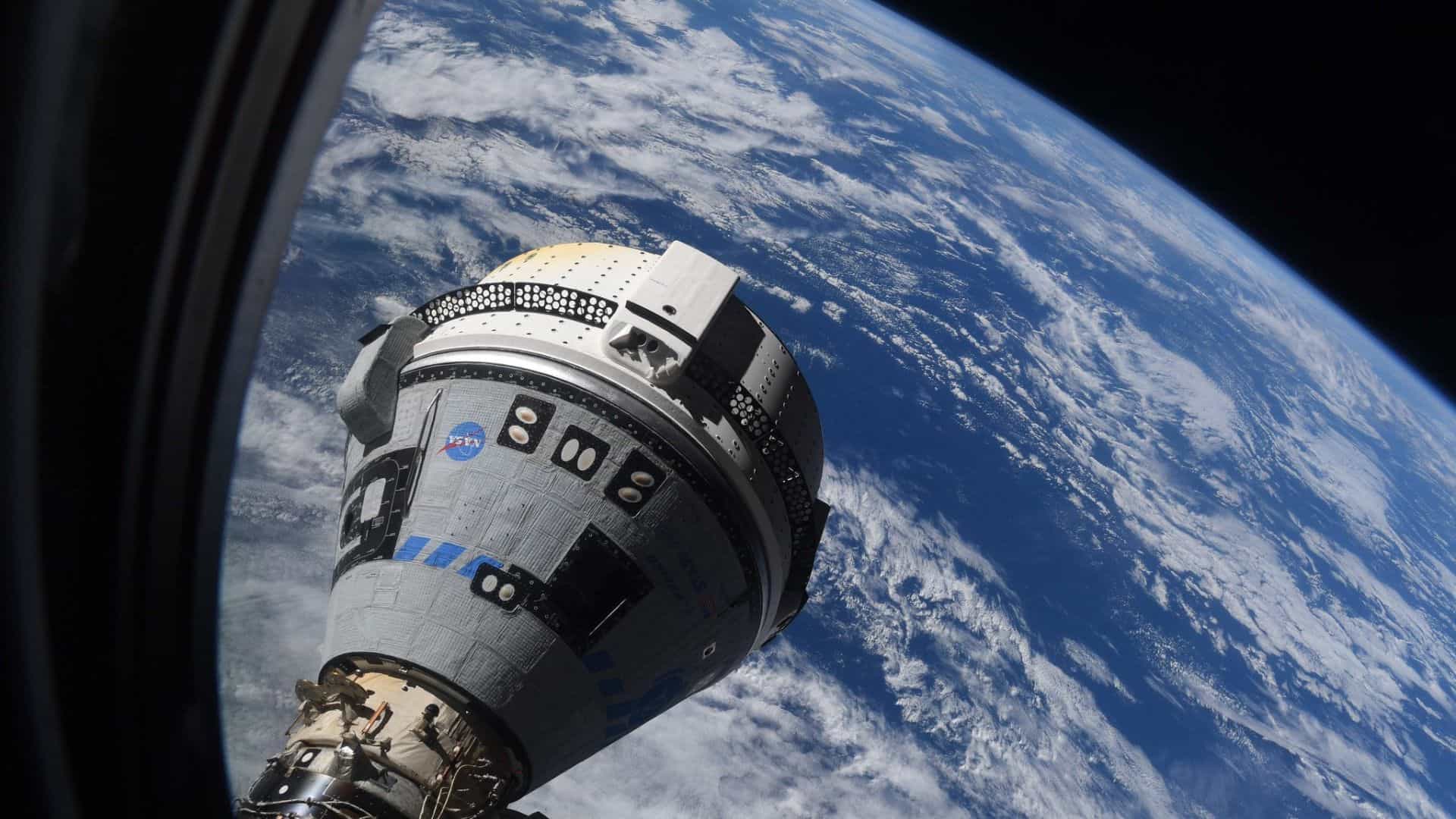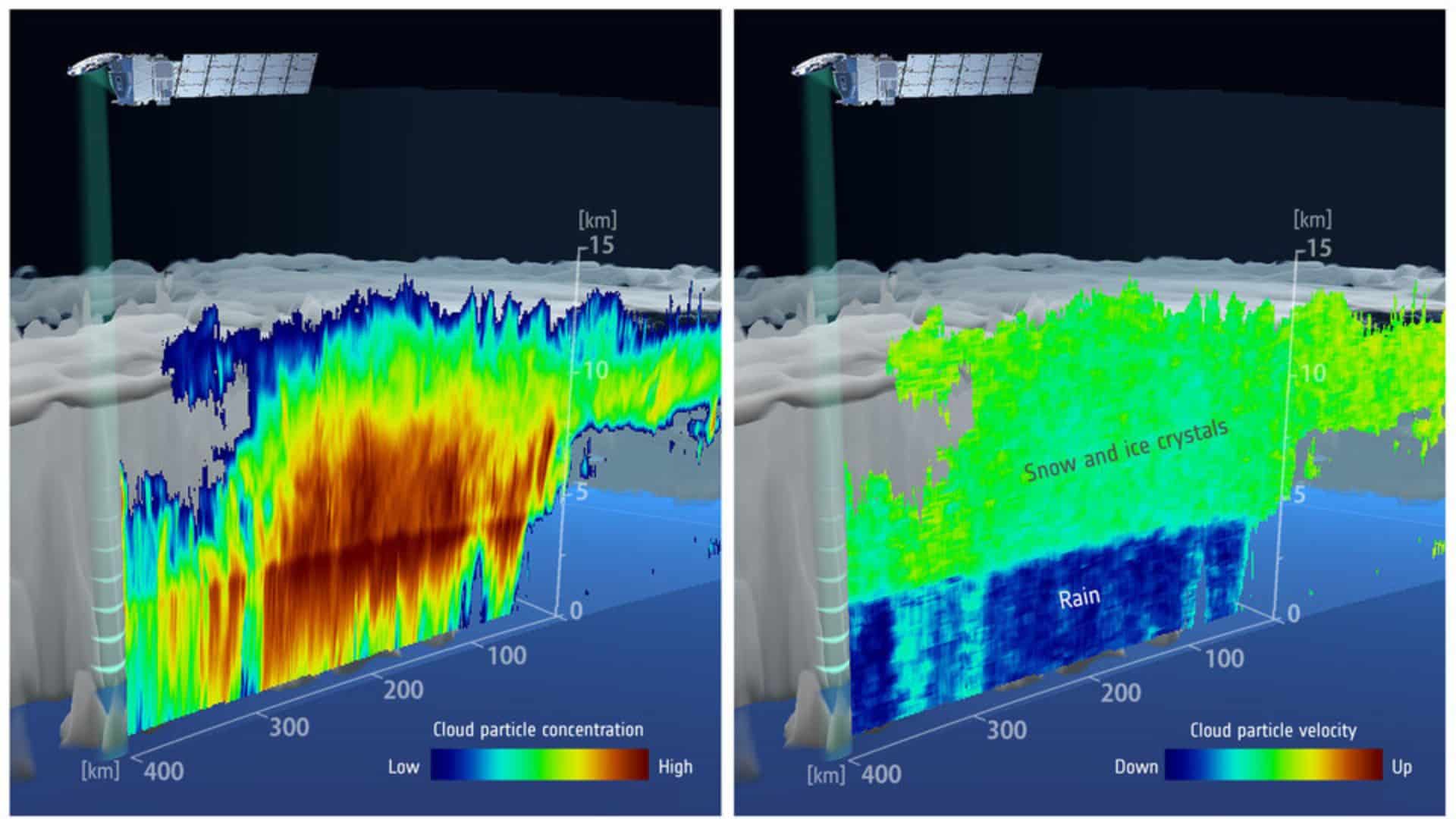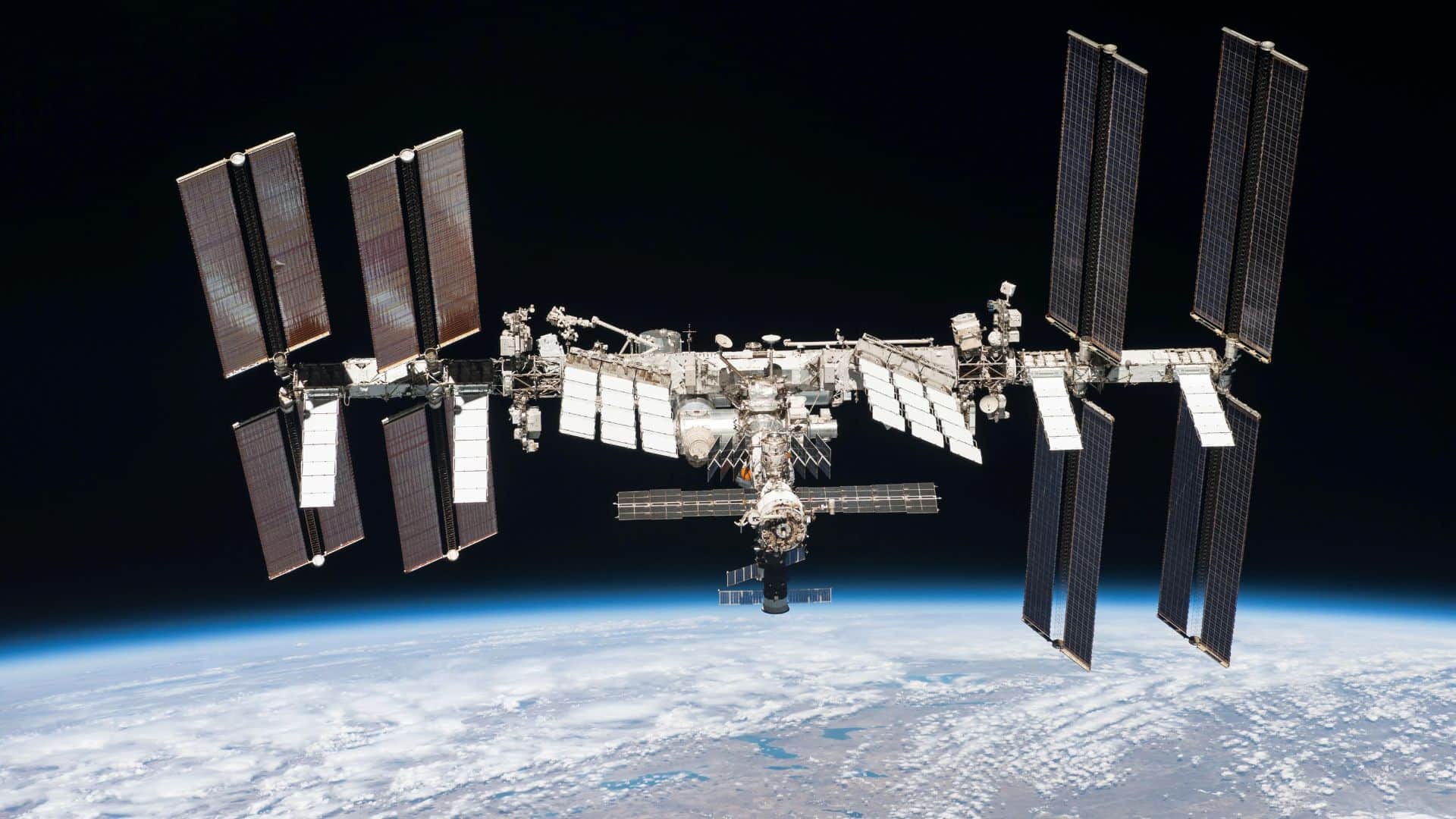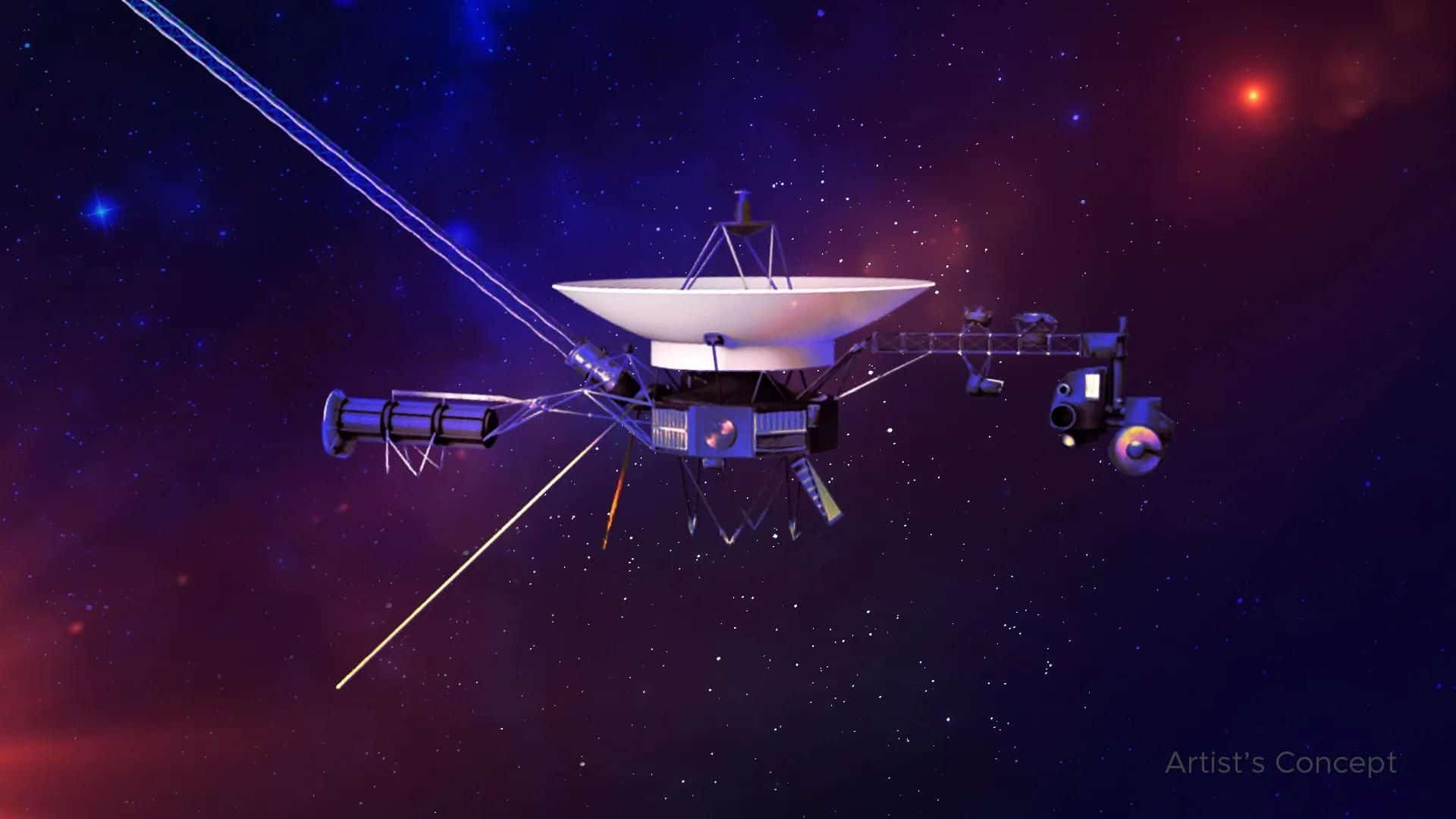
NASA’s iconic Voyager 1 spacecraft is back to its normal science operations for the first time following an onboard computer issue that arose in November 2023.
Currently, all four of its instruments, which study plasma waves, magnetic fields, and particles in interstellar space, are sending usable science data. NASA announced it in an update on June 13, 2024.
NASA launched Voyager 1 and its twin spacecraft, Voyager 2, in 1977. Currently, the twin spacecrafts are exploring a region called interstellar space (the space between stars) beyond our planetary system.
Voyager 1 and Voyager 2 are NASA’s longest-running and most distant spacecraft. They have been working for more than 46 years.
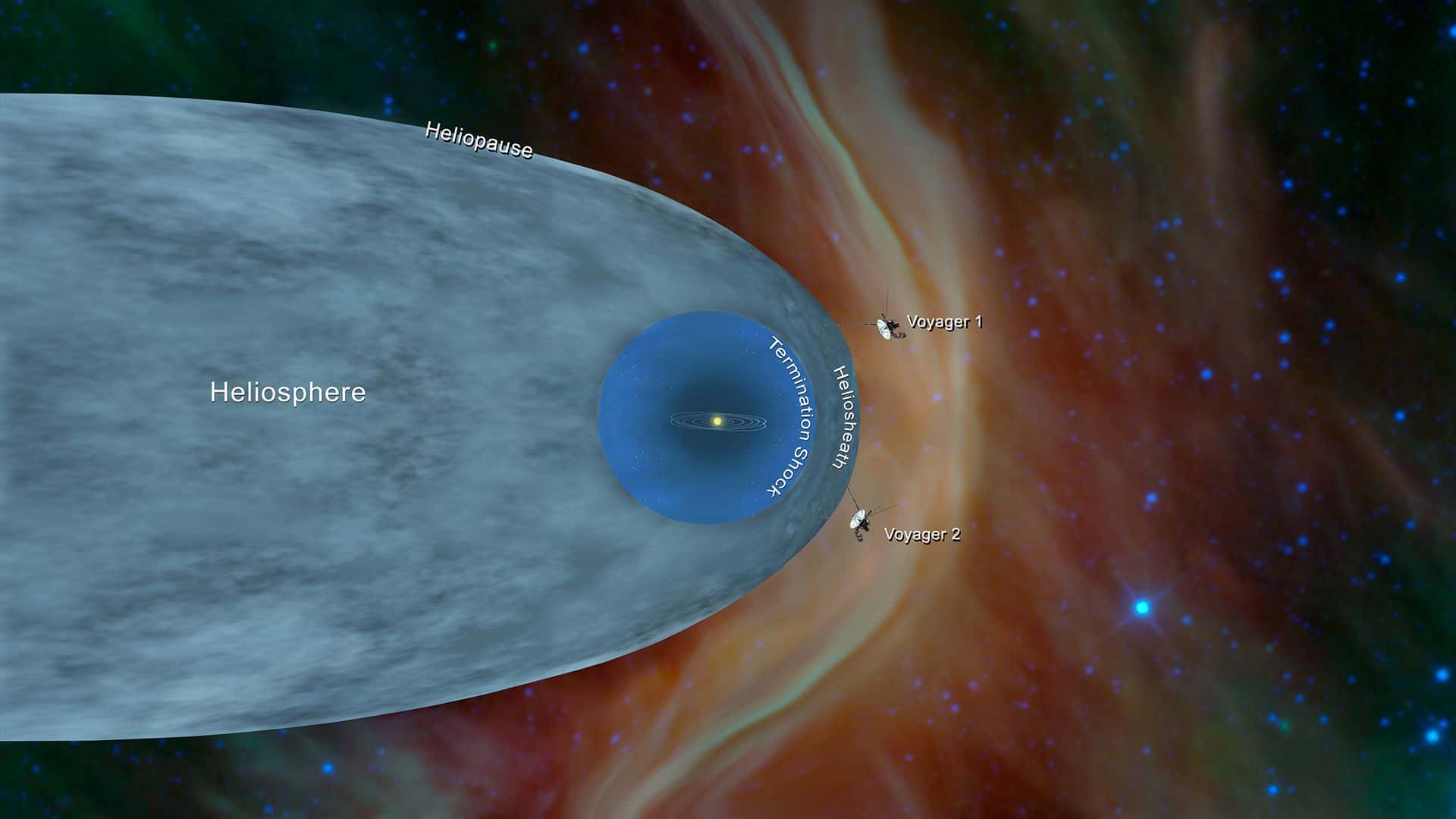
What happened with the Voyager 1 spacecraft?
“Voyager 1 spacecraft stopped sending readable science and engineering data back to Earth on Nov. 14, 2023,” according to the statement of NASA. Although the spacecraft was still receiving commands from the mission control room.
The Voyager 1 spacecraft has three onboard computers. In March 2024, the team found that a single chip on one of the onboard computers had been corrupted.
So the computer’s software code that was stored on that chip was not working.
“The loss of that code rendered the science and engineering data unusable,” according to the statement of NASA.
The team mentioned two possibilities as the reason for this: either the chip could have been hit by an energetic particle from space or it simply may have worn out after 46 years.
How NASA solved Voyager 1 spacecraft problem
It was not possible to go to interstellar space and replace the corrupted chip of Voyager 1’s onboard computer.
So the team decided to place the affected code elsewhere in the onboard computer’s memory.
But no single location was large enough to hold the entire code of the affected chip.
So they devised a plan to divide the affected code into sections and store those sections in different places in the onboard computer’s memory.
To make this plan work, they also needed to adjust those code sections to ensure, for example, that they all still function as a whole.
The team started with the code responsible for the spacecraft’s engineering data. They sent it to its new location in the onboard computer’s memory on April 18.
A radio signal takes 22.5 hours to reach Voyager 1 and another 22.5 hours for a signal to come back to Earth as the spacecraft is located more than 15 billion miles (24 billion kilometers) away from Earth.
When the Voyager 1 team received the signal back from the spacecraft on April 20, they saw that the modification worked.
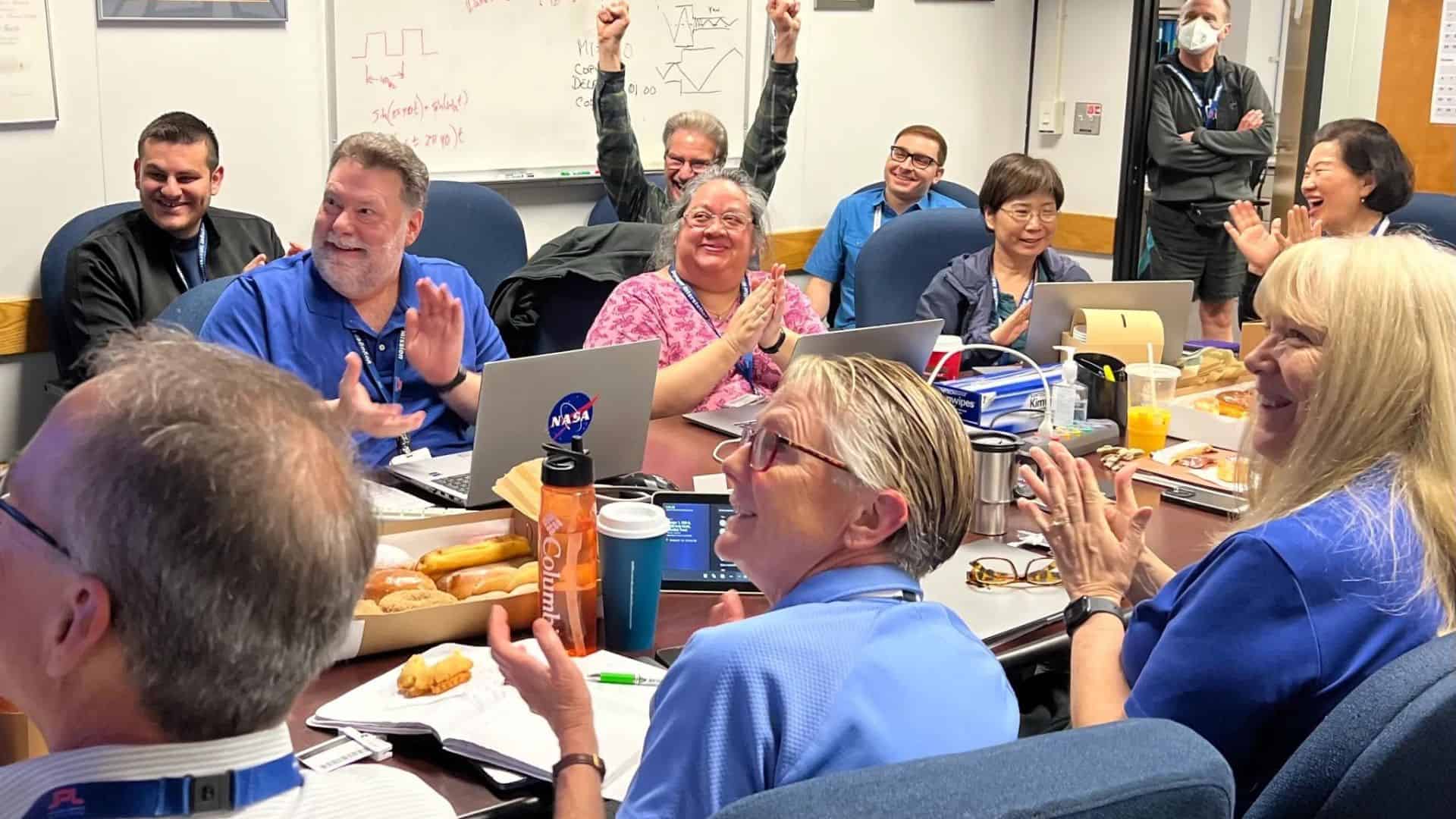
So the engineering data was replaced successfully, and the team was able to check the health and status of the spacecraft on April 20, 2024, for the first time in five months since November 14, 2023.
After that, the mission control team did the same with the code responsible for the spacecraft’s science data. To do this, they sent commands to Voyager 1 on May 17, 2024, that enabled it to resume sending science data from two instruments.
Currently, two other instruments of Voyager 1, which required some additional calibration, are also working. So all four Voyager 1 science instruments are back to normal operations in June 2024 for the first time since November 2023.
Visit here to see the current position of Voyager 1 spacecraft in the interstellar space.
Visit here for the Voyager mission status.
Related article: NASA’s Voyager mission project scientist Ed Stone dies aged 88
Please bookmark Spaceandtelescope.com or follow us on Facebook and Twitter to get latest space news, upcoming skywatching events and astronomy-related content.
